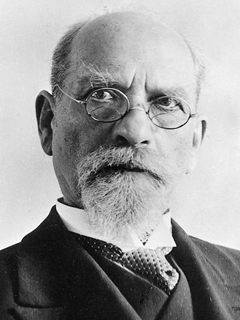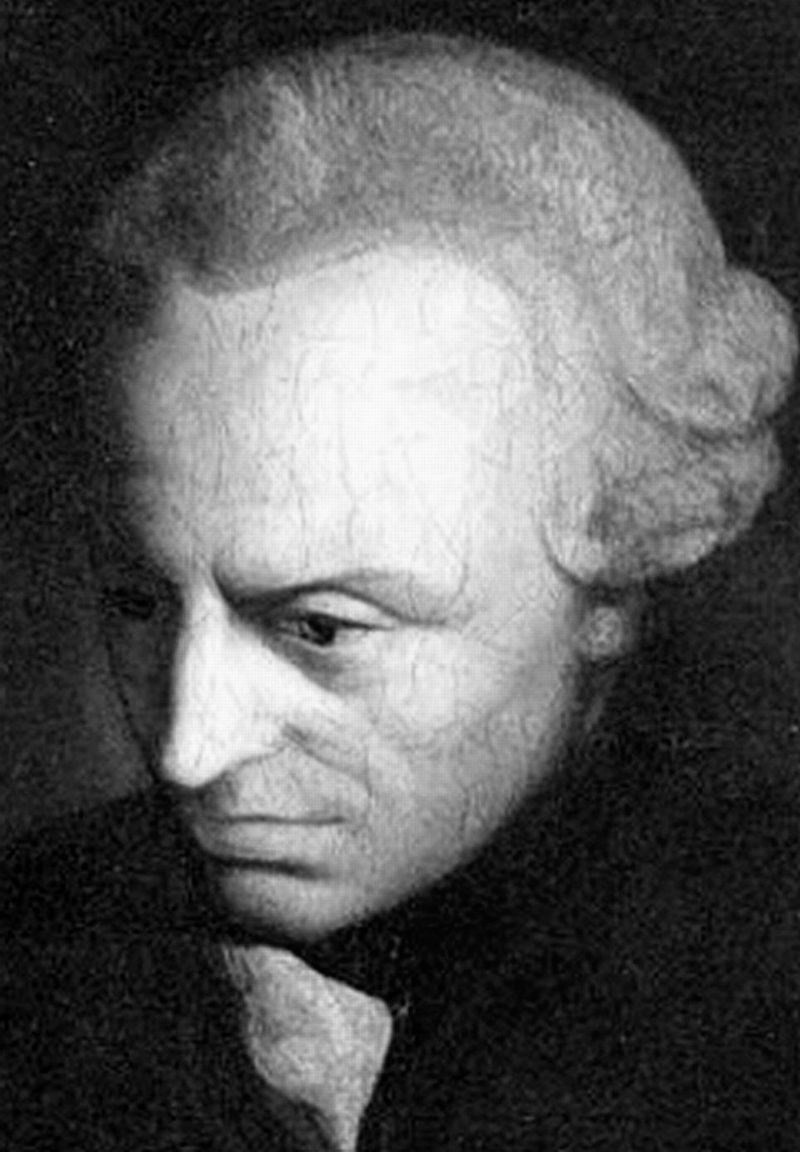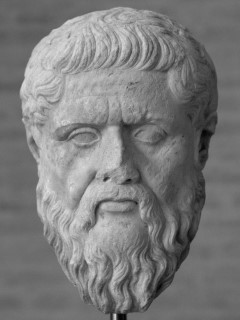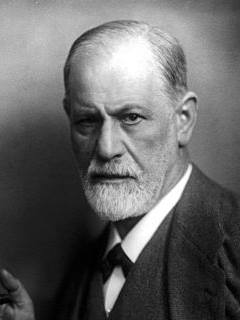
Publication details
Publisher: Nijhoff
Place: The Hague
Year: 1978
Pages: 120-143
Series: Selected Studies in Phenomenology and Existential Philosophy
ISBN (Undefined): 9789024720446
Full citation:
, "The image/sign relation in Husserl and Freud", in: Crosscurrents in phenomenology, The Hague, Nijhoff, 1978


The image/sign relation in Husserl and Freud
pp. 120-143
in: Ronald Bruzina, Bruce Wilshire (eds), Crosscurrents in phenomenology, The Hague, Nijhoff, 1978Abstract
Ever since Plato declared imagining to be mere pseudo- or shadow-knowing—a form of eikasia, the lowest species of mental activity—Western philosophers have striven to put imagination in its place: a strictly subordinate place. With the exception of isolated figures such as Vico, Collingwood, and Bachelard, philosophers have denounced imagining for its digressiveness and excoriated it for its evasiveness, though sometimes surreptitiously admiring it for these very qualities. At the same time, and as part of the same tactic of impugning, invidious comparisons have been instituted between imagining and supposedly superior psychical activities. In the seventeenth and eighteenth centuries, for example, the paradigm was pure thinking, over against which imagining appeared as deceitful and mendacious—as "the mistress of falsehood and error" in Pascal's classic complaint. Even Kant, for all of his attention to imagination as a source of synthesis, considered the image to be "a mere set of particular qualities, determined by no assignable rule"1—in contrast with the determinacy and rule-bound character of pure concepts.
Cited authors
Publication details
Publisher: Nijhoff
Place: The Hague
Year: 1978
Pages: 120-143
Series: Selected Studies in Phenomenology and Existential Philosophy
ISBN (Undefined): 9789024720446
Full citation:
, "The image/sign relation in Husserl and Freud", in: Crosscurrents in phenomenology, The Hague, Nijhoff, 1978
